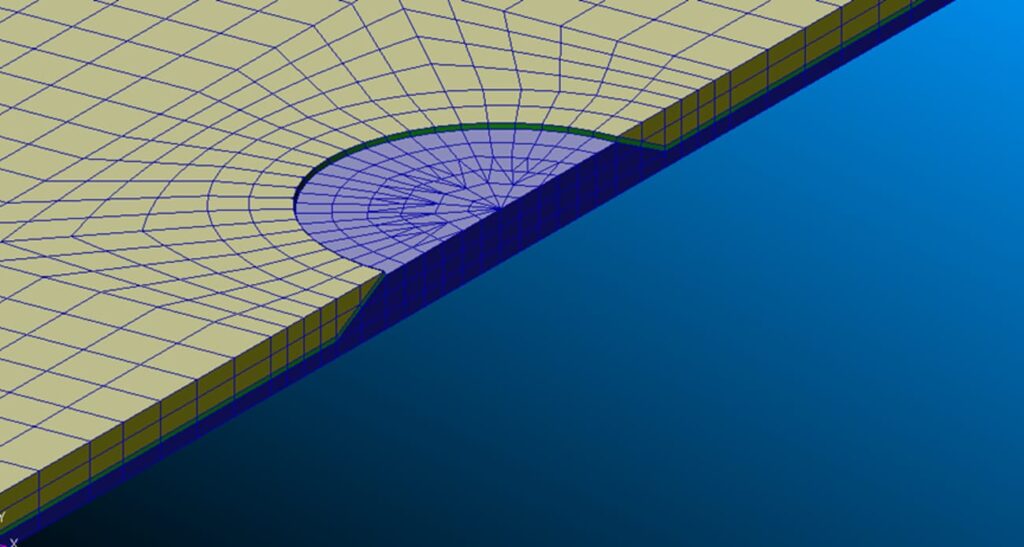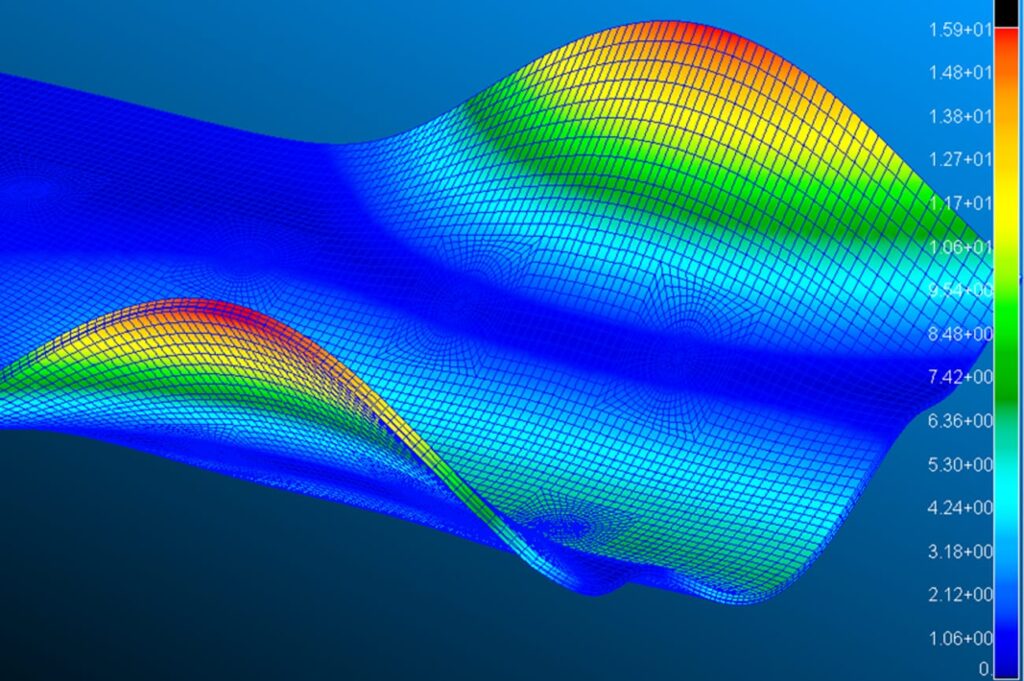Design, analysis and testing of structures for space
Both space vehicles and all their subsystems are subjected during their life to a series of environments that put their structures to the test. Typically, they usually consist of the dynamic loads that occur during launch and the stresses and deformations that occur as a result of the extreme temperatures of the severe space environment in which the missions take place.
To ensure that the mission is carried out successfully, it is necessary to ensure that these structural loads will be supported with a certain margin. The verification process used by the ESA (European Space Agency) begins with the creation of finite element models (FEM) to which various structural analyses are carried out according to the aforementioned environments. Once the analyses show positive margins, the structures are physically built to perform physical tests that corroborate the models and allow to confirm that the loads are exceeded. This process is refined multiple times throughout the space vehicle/system design cycle.
Programme
The training is individualized according to request, being able to understand the complete cycle of design-analysis-verification or only some of the parts, such as the creation of FEM structural models together with the performance of the analyzes or training in the complete structural testing process.
Software
MsC NASTRAN/PATRAN
Instructor
Alejandro M. Gómez San Juan
Language
English/Spanish

